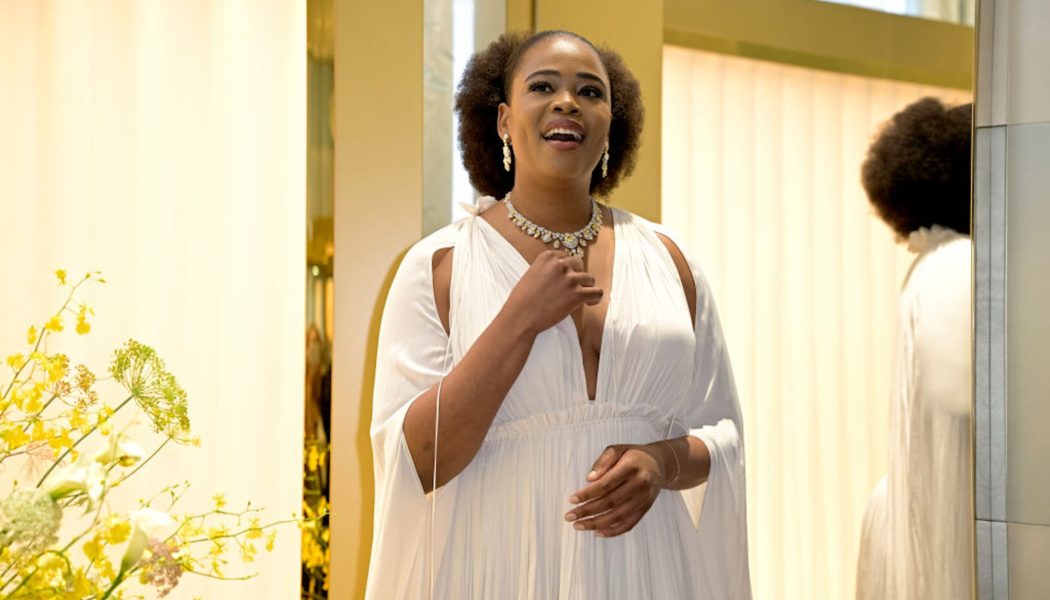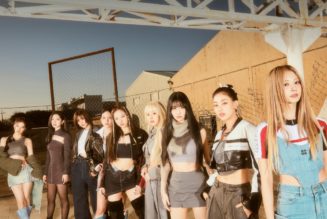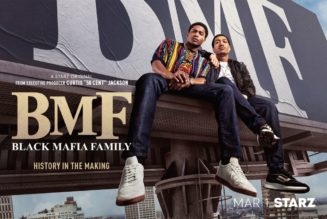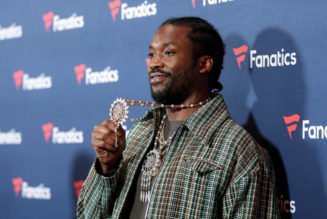Many people thought that classical opera in South Africa – regarded as a western, colonial art form that was the preserve of white people during apartheid – would die with democracy in 1994. Instead the opposite happened. Black singers emerged as the new stars and the format of opera began to be Africanised for new audiences. Critics mapped this transformation as Cape Town established itself as a hotbed of the new opera. One such critic was Wayne Muller, who became an academic and wrote a PhD on the view of these changes. Now he has a book on the subject called Opera in Cape Town: The Critic’s Voice. We asked him five questions.
How was opera established in South Africa?
Like most things western European, opera in South Africa is part of a colonial legacy. Sources – from various journal articles and the South African Music Encyclopaedia (1979-1986) – refer to the early 1800s as the time when opera came to South Africa via Cape Town.
Travelling theatre companies from Europe staged mostly lighter operas, such as French opéra comique. As time went by, more of these theatre companies came to Cape Town and travelled to the interior of the country. Eventually some of these artists and producers immigrated to South African, and so local opera production started to take shape.
In 1831, German composer Carl Maria von Weber’s Der Freischütz was performed in Cape Town and billed in a newspaper, The South African Commercial Advertiser, as the first “serious” locally produced opera.
Since the early 1800s there has been a process of the professionalisation of opera, which can be seen, for instance, in the building of theatres and the training of opera singers at tertiary level. And, to put it simply, in this way opera became established and evolved as the art form that is performed in South Africa today.
How did critics track opera’s transformation?
My research on opera in post-apartheid South Africa looked particularly at how two Cape Town daily newspapers reported on the transformation of opera from the middle 1980s when apartheid was starting to unravel. I studied reviews of productions, news reports and other articles. Initially one sees a survivalist approach in arts reportage that highlighted a political “attack” on western art forms and questioned the place of indigenous art within the new democracy. Soon it became about “how do we ensure the survival of opera while doing the politically correct thing of giving indigenous music the same status”.

Kristy Sparow/Getty Images for Graff Diamonds
Also, critics expressed (albeit subtly) surprise at the emergence of black opera singers because the apartheid narrative had been that opera was the domain of white South Africans. Eventually in classical music and opera, critics’ writing started showing an embrace of a hybrid form of western classical and indigenous music that came about in opera during the 1990s. Looking at the past 30 years, it seemed that opera critics (writing mostly for a white readership) negotiated with their readers for an acceptance of emerging operatic aesthetics and expressions that were distinctly African.
How did opera become “Africanised”?
In the book I chart how opera became South African opera. “Africanisation” has been a process in which opera was made relevant to local South African audiences. Some scholars also refer to this as the indigenisation of opera. Already during the apartheid era, operas were translated into English and Afrikaans as a means of localising them. But the setting and music remained European in nature. Following translation, changing the mise-en-scène from Europe to local settings became a means of “Africanisation”. A good example is a 1997 production of Italian composer Giacomo Puccini’s La Bohème. It was renamed La Bohème Noir (black) and was set in the township of Soweto instead of Paris. Now the staging was set in a South African context, but the music was still European.
By the early 2000s, “Africanised” productions not only had a local setting, but the original music was merged with indigenous music and indigenous instruments were also included, such as in productions of Italian composer Giuseppe Verdi’s Macbeth and English composer Henry Purcell’s Dido and Aeneas. Later, themes were adapted to be locally relevant, such as a version of Hungarian composer Franz Lehár’s The Merry Widow, set in an imagined African state with new character names and retitled The Merry Widow of Malagawi.
Read more:
Mzilikazi Khumalo: iconic composer who defied apartheid odds to leave a rich legacy
But the most pertinent “Africanisation” of the operatic genre has been the composition of new South African operas with original music and stories – like South African composer Mzilikazi Khumalo’s Princess Magogo kaDinuzulu. Since 1995, there have been more than 20 South African operas performed in the country, and I think each of them in their own way represent a distinct way of reinterpreting opera within a (South) African context.
Concurrently, we saw a transformation in opera with the emergence of black opera singers. The Choral Training Programme at the now defunct Cape Performing Arts Board (known as Capab) was established in 1993 and played a key role in providing vocal training, particularly to black singers, as a means of enabling transformation in opera. And since then, we have seen many black singers embracing opera, with the likes of Pretty Yende and Levy Sekgapane becoming star singers in the big opera houses of the world.
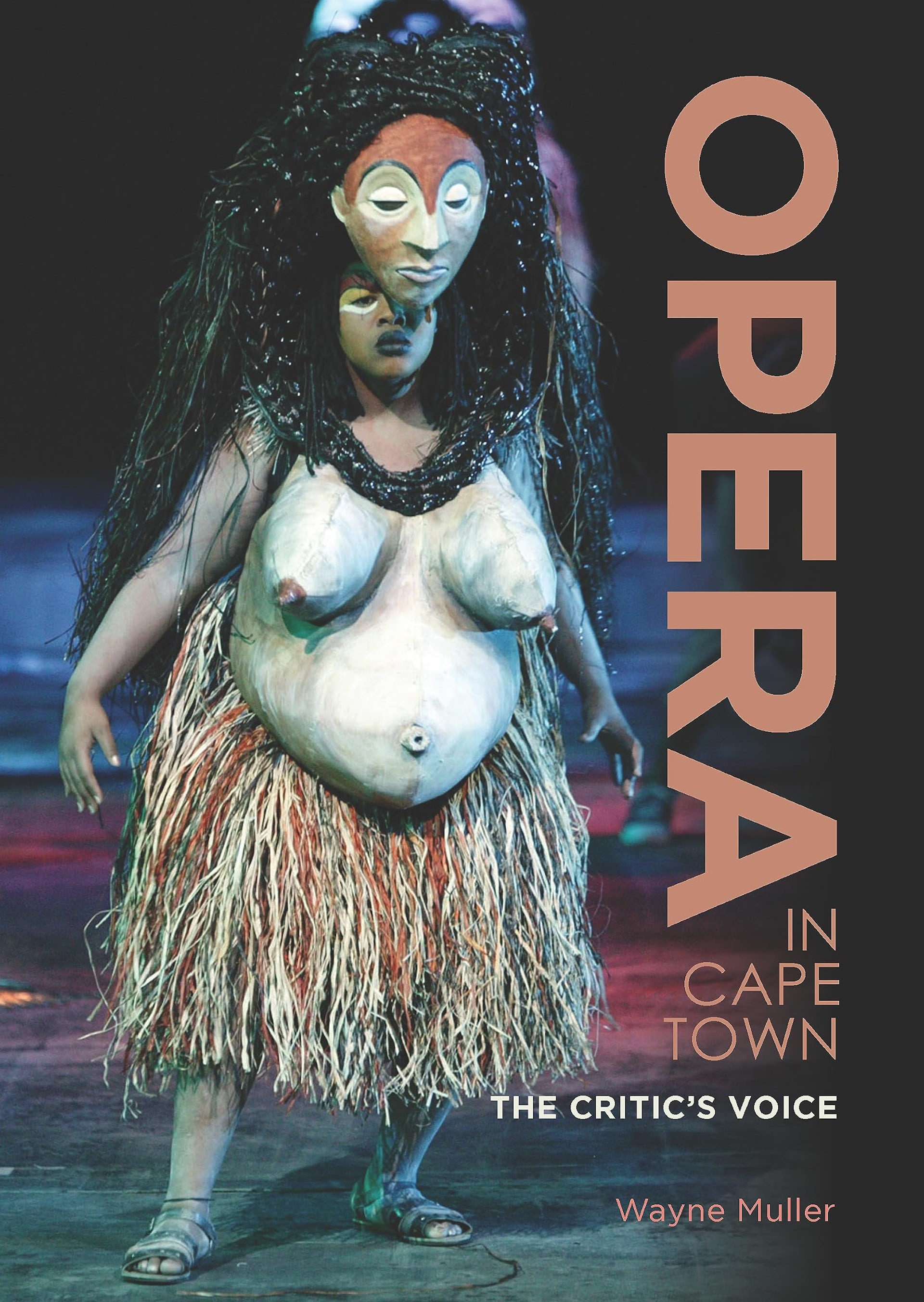
African Sun Media
How reliable are just a few critics in telling history?
I believe it is a reliable historical perspective if one qualifies that it is an historical account from that specific perspective. It can never be a 360-degree type of history (and the book does not claim this). There are other ways of looking at and interpreting sources on opera that could also constitute a history. However, what I have found is that our archives are inadequate to write a “full” history and much research still needs to be done from other perspectives and sources. So, this book is rather a means of capturing the historical patterns and trends in opera that have been documented by opera critics in newspapers – journalism being the first rough draft of history, as the phrase goes.
